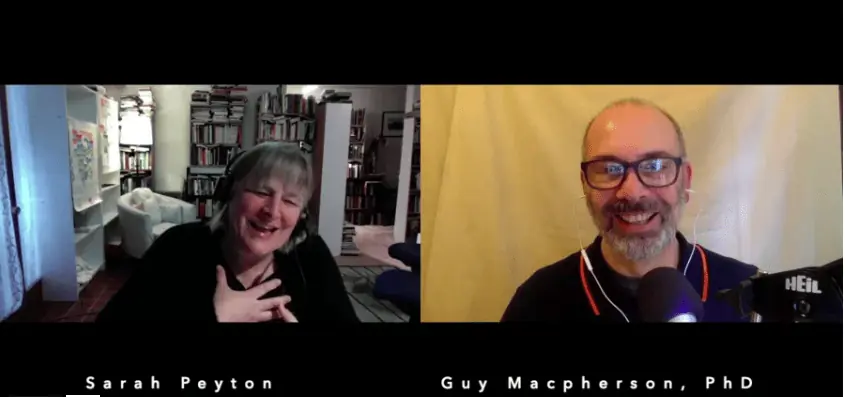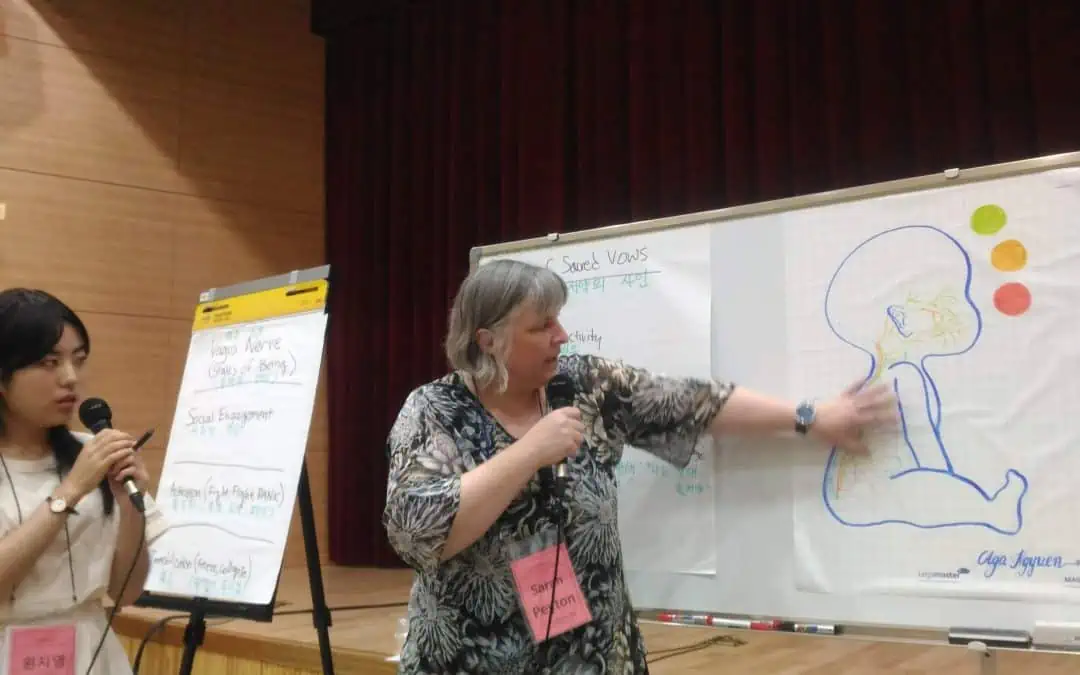In our culture, rage is considered mostly unacceptable, especially by women. But rage is one of our eight circuits of emotion and motivation. In this podcast interview, we discuss how rage helps us understand when our boundaries have been violated. Why is rage so...










